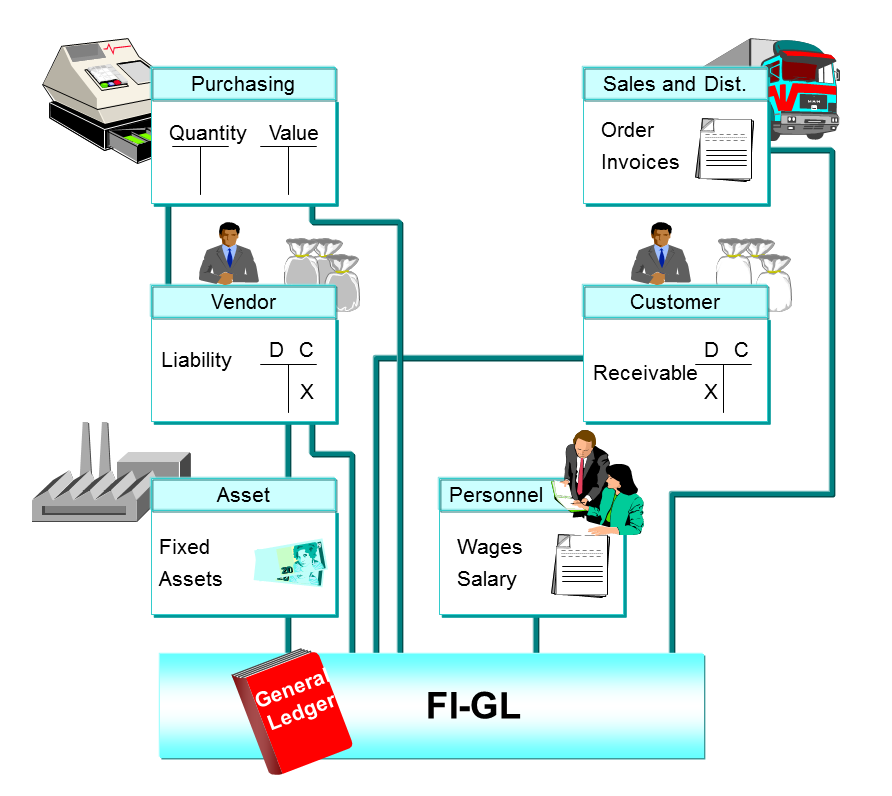


The bank accounts subledger records the cash that is available in the company’s bank accounts and short-term investments. The cumulative total of debits in all the vendor account subledgers should equal the total accounts payable in the general ledger. The cumulative total in all the customer account subledgers should equal the total accounts receivable in the general ledger.Ī company might keep a subsidiary ledger for its vendor accounts, each of which connects to the general ledger’s accounts payable. Here are some common types of subsidiary ledgers that businesses may decide to create.Ī company might keep a subsidiary ledger for its customer accounts, each of which connects to the accounts receivable totaled in the general ledger. How each company sets up their bookkeeping will depend on the business’ needs. Not every business elects to use the same number or types of subledgers. In the above example of the 2,000 AR transactions, all these transactions would be listed in the customer accounts subledger, the total of which would populate the accounts receivable balance in the general ledger for that month. Each subledger’s total is reflected in the total of the general ledger. The listed transactions in each subsidiary ledger account connect to the general ledger accounts. These are more narrowly focused ledgers that contain more detailed information about the various master accounts in the general ledger.Įach subsidiary ledger is focused on a specific category of financial transactions, such as customer accounts, sales accounts, fixed asset transactions, or bank transactions. The answer is to create subsidiary ledgers, also called subledgers. Growing companies need a more sophisticated system of organizing everything that’s happening in the business so they can see the most important data at a glance while keeping track of all the granular detail. This can be a major inconvenience when looking to get a quick snapshot of your business’ financials. For example, if your business has 2,000 transactions in AR in a given month, your accounting clerk would need to go through all those entries to find the total. What is a subledger (or subsidiary ledger)?Īs companies scale, they may find that keeping all the detailed financial data about each transaction in the general ledger is cumbersome and unworkable. The importance of general ledgers and subledgers in accounting.Best practices for using subledgers, and.The key differences between a subledger vs.What a subledger (or subsidiary ledger) is.A business can keep multiple subsidiary ledgers, each with its own purpose and all matching up with the general ledger. Companies that maintain numerous streams of revenue and multiple debts may need a more detailed bookkeeping method.īusinesses that need more can institute subledger accounting, which is designed to capture more granular details about transactions than those that appear in the general ledger. There may be a large volume of items to organize or complex transactions that can’t be captured as a single line item in the general ledger. This general ledger includes every transaction the company makes and every obligation the company maintains.īut simple ledger accounts may have a hard time keeping up with a business as it grows in complexity and scale. A single database of transactions, known as a general ledger, is usually enough for fledgling companies and startups to keep their records organized. Accurate bookkeeping is the foundation of business stability and a necessary precondition for growth.


 0 kommentar(er)
0 kommentar(er)
